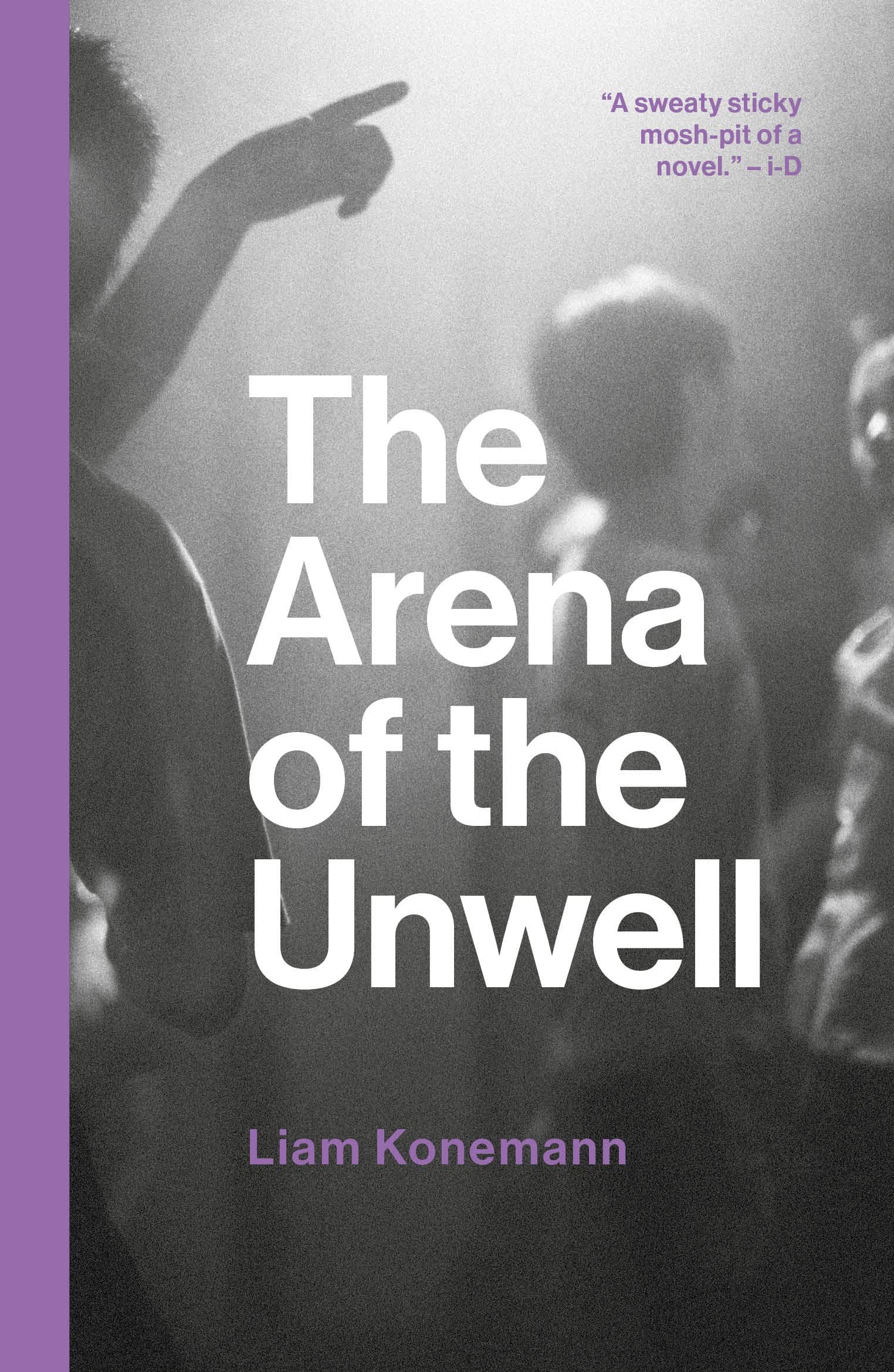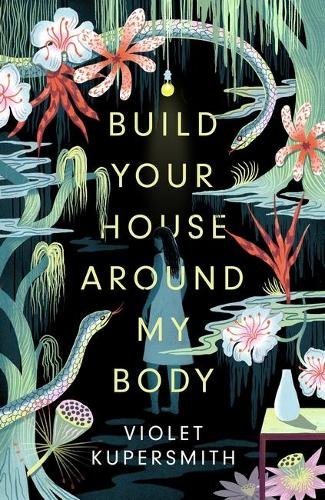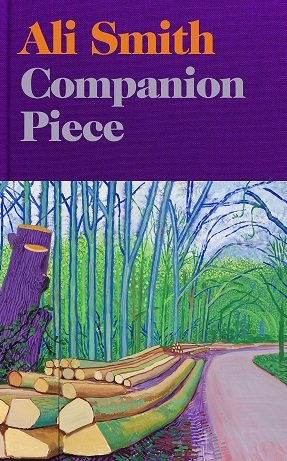It's heartening to see so many new queer books representing the complexity and many different forms of gay experience. The protagonist of debut novel “The Arena of the Unwell” is Noah, a 20-something North Londoner who is into indie music and feels “I'm a pretty sub-standard gay – not quite up to date on the culture and customs. I missed that part of my education.” He's one of many gay men that don't necessarily identify with the predominant gay culture. Though his closest friend and flatmate is a lesbian named Mairead, most encounters he has with the gay community seem to be coincidental. He doesn't go to gay bars or engage on gay social media/hookup apps. As such he seems to feel an increased sense of alienation and has few opportunities for romantic encounters. This adds to his existing issues to do with depression, low self-worth, alcohol abuse and lack of motivation. So when two slightly older men show interest in Noah he becomes intimately involved and entangled in their lives. Unfortunately it turns out to be a much more fraught relationship and complex situation than he imagined.
I sympathize with Noah's situation, but unfortunately I didn’t really like him. I certainly don’t always have to like the protagonists I read about. But I grew increasingly frustrated and bored by this novel as Noah is caught in a continuous cycle of disaffection, drinking and inertia. Though he has a number of people in his life who want to help and support him when he's having a hard time, he continuously bats away their offers or ignores them. This is a natural response from someone with very low self esteem, but he also fails to engage in other people's lives in a way which might allow him to feel more connected and gain a sense of community. Though his friend Mairead and his father are clearly struggling with their own issues we learn little about their situations. Instead, the narrative solely focuses on Noah's point of view and seems to take it for a given that the reader will like him. Though I recognized that he was wrestling with a number of issues and has the common self-centredness of the young, I grew annoyed with him as a character and how he refuses any opportunities to positively change his situation. Moreover, there's a kind of pretension about how he withdraws from society where he admits “I am 'convalescing'. Alternatively, 'drowning my sorrows'. Sulking, but in an artistic sort of way.” While this is someone who feels quite real the main issue I have with the book is that the author doesn't explore the dynamics of Noah's plight in a way that shows the character gaining any sense of self-awareness. Instead, the story seems structured in a way where the fault lies entirely with the two men who draw them into their twisted (and frankly baffling) co-dependency.
Additionally, there were several elements of the story which felt underdeveloped or didn't go anywhere. Though it's touching to see how Noah's father accepts his son's homosexuality we get little insight into the father's personal life or their family history. Noah receives threatening messages at one point but this dilemma is left aside. Some stollen money goes missing but we don't find out where it went. There's a parallel narrative which shows brief articles about a band called Smiling Politely where their singer Ryan Shelby struggles with self-destructive impulses similar to Noah's. It's interesting how (though ostensibly successful) this band member equally can't pull himself out of a downward spiral. Unfortunately, the way this part of the story concludes didn't feel as impactful as I felt it was supposed to. An aspect of the story which I felt most uncomfortable with was the way it handled Noah's struggle with self harm. Though this is a very difficult issue, it's introduced quite abruptly and then not referred to again so it felt like it was dropped into the narrative. If such a conflict is going to be a part of a story I feel like it needs to be a more integral part of the novel.
All of these issues prevented me from really connecting with the story in the way I wanted to. I was surprised not to appreciate this novel after having read (and loved) the novel “Love in the Big City” because the protagonist of that book is somewhat similar to Noah. However, I just never grew to care much about the faltering hero of Konemann's novel.























